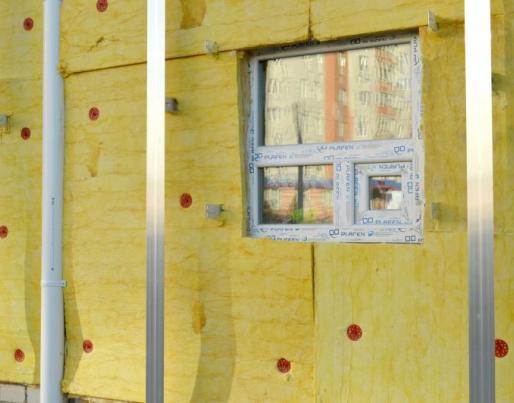
How to improve the Energy Performance Certificate in your home

How to improve the Energy Performance Certificate in your home
To sell or rent homes in the UK, it is mandatory to have an Energy Performance Certificate (EPC). How can you make homes more energy efficient and thus save on the energy bills? There are several steps you can take. Properties with higher energy efficiency rating are generally more attractive
If you’re looking to sell or rent your home in the UK, it needs to have an Energy Performance Certificate – or EPC.
An EPC tells you how energy efficient your home is, giving it a rating from A (very efficient) to G (inefficient), as well as recommendations on how to improve it. An EPC includes information on what the energy efficiency rating could be if you made the recommended improvements and highlights cost effective ways to achieve a better rating.
Why should you improve the Energy Performance Certificate (EPC) rating of your home?
Properties with higher EPC ratings are generally more attractive to potential home buyers or renters; the more energy efficient a home is, the less it will cost to heat and light.
If you have some money to invest in improving the energy efficiency of your home, the best place to start is by looking at the recommendations on its Energy Performance Certificate. Even if you rent, you could still implement some improvements noted on the EPC, such as switching to more energy efficient light bulbs.
In this guide, we run through the top EPC recommendations to help you understand how much you could save on your energy bills by making changes to your home.
Internal or external wall insulation
One of the most common recommendations on an EPC is to install wall insulation. Given that around one third of all the heat lost in an uninsulated home escapes through the walls, it’s a good place to start.
Most homes in the UK have cavity walls, and the gap can be filled with insulation. We estimate that insulating your cavity walls could save you around £285 a year on your energy bills. If you have solid walls, these can be insulated from the inside or outside of your home. While costs and savings vary, we estimate a semi-detached house could save around £390 a year after installing solid wall insulation.
Read the full article to know other tips to save energy.

